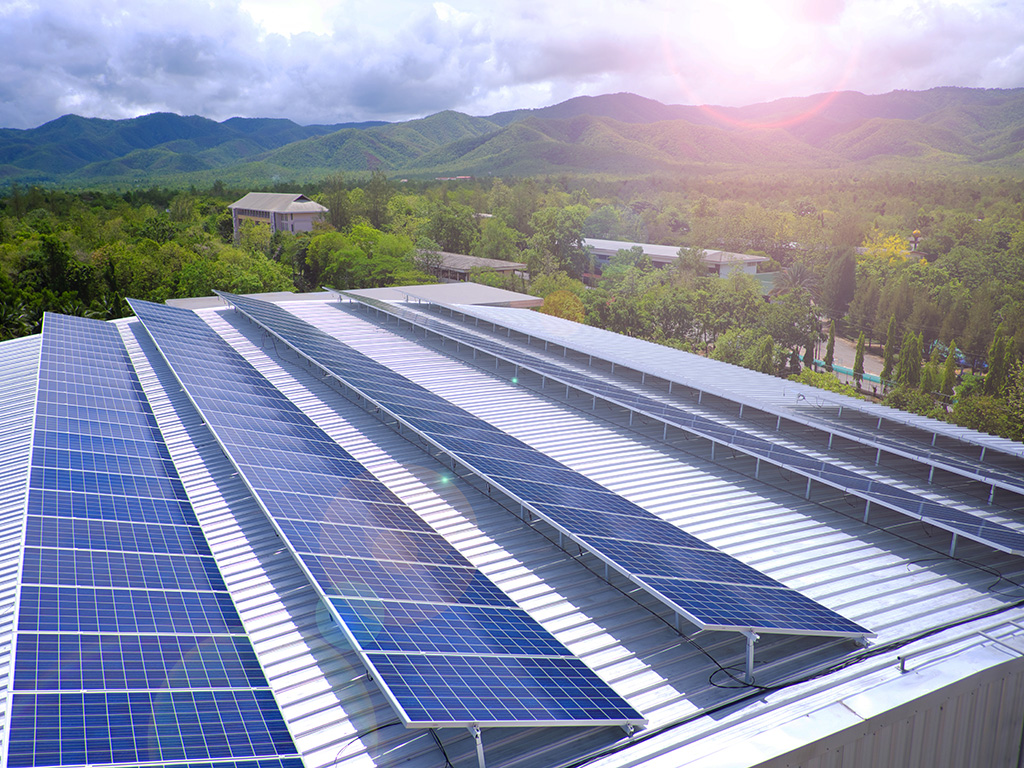Making communities energy resilient

Credit: Mont592/shutterstock.com
Tucked away in the mountains of western Puerto Rico, the rural community of Castañer faced months without power in the aftermath of Hurricane Maria in 2017. A team, including researchers from Texas A&M University, is now working to better manage and withstand future challenges using technology and distributed energy resources like rooftop solar panels.
The project will partner with the community of Castañer to develop and implement a localized energy resilience plan using the open-source Internet of Things platform VOLTTRON to support automated sensing and control systems for rapid energy restoration. The work is supported by the U.S. Department of Energy’s Renewables Advancing Community Energy Resilience program.
Dr. Zheng O’Neill, associate professor of mechanical engineering and J. Mike Walker ’66 Career Development Professor, is supporting the project alongside the nonprofit Slipstream, which is leading the effort. O’Neill also serves as associate director of the Energy Systems Laboratory at Texas A&M.
“This community is highly susceptible to electric outages stemming from Puerto Rico’s fragile power infrastructure,” O’Neill said. “After Hurricane Maria, fallen trees and debris blocked roads, which isolated residents for 10 days—first responders had to arrive via helicopter. The community remained without power for six months. This project will develop an innovative community-based energy resilience plan and explore and demonstrate a VOLTTRON-based automated sensing and control system to enable rapid energy restoration.”
The team defines energy resilience as the inherent and adaptive capacity of buildings, infrastructure and urban energy systems to anticipate, absorb, recover from and adaptively respond to disruptions in energy supply and demand while ensuring sustained functionality, efficiency and equitability both in the short and long term, O’Neill said.
With the implementation of more robust renewable energy sources, such as solar panels, battery energy storage systems and two multi-property microgrids, the team hopes to provide energy security for the more than 2,000 residents of the area — as well as a blueprint for others to follow.

